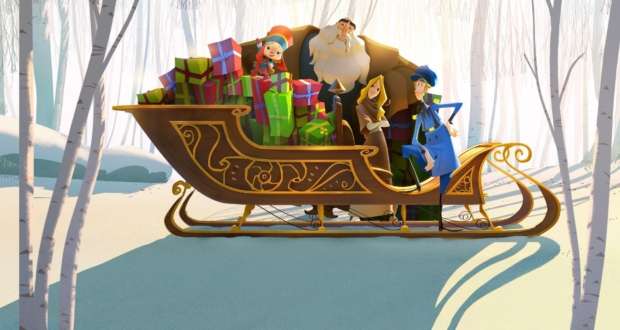
The rate at which cameras capture the stock footage that eventually becomes the films we love has been a firm 24 frames a second for pretty much the entire history of film.
However, not standing by such limitations such as tradition and stock costs, Peter Jackson has announced that he will be shooting The Hobbit films at 48 Frames a second, hoping to improve the 3D effect as well as natural perception of motion.
Looking at 24 frames every second may seem ok–and we’ve all seen thousands of films like this over the last 90 years–but there is often quite a lot of blur in each frame, during fast movements, and if the camera is moving around quickly, the image can judder or “strobe.”
Shooting and projecting at 48 fps does a lot to get rid of these issues. It looks much more lifelike, and it is much easier to watch, especially in 3-D.
Originally, 24 fps was chosen based on the technical requirements of the early sound era. I suspect it was the minimum speed required to get some audio fidelity out of the first optical sound tracks. They would have settled on the minimum speed because of the cost of the film stock. 35mm film is expensive, and the cost per foot (to buy the negative stock, develop it and print it), has been a fairly significant part of any film budget.
So we have lived with 24 fps for 9 decades–not because it’s the best film speed (it’s not by any stretch), but because it was the cheapest speed to achieve basic acceptable results back in 1927 or whenever it was adopted.
Now that the world’s cinemas are moving towards digital projection, and many films are being shot with digital cameras, increasing the frame rate becomes much easier. Most of the new digital projectors are capable of projecting at 48 fps, with only the digital servers needing some firmware upgrades. We tested both 48 fps and 60 fps. The difference between those speeds is almost impossible to detect, but the increase in quality over 24 fps is significant.
We are hopeful that there will be enough theaters capable of projecting 48 fps by the time The Hobbit comes out. However, while it’s predicted that there may be over 10,000 screens capable of projecting THE HOBBIT at 48 fps by our release date in Dec, 2012, we don’t yet know what the reality will be.
It’s one of those standards that make sense like 64-bit operating systems for computers. 32-bit is so passe.
But honestly, they have improved just about every other aspect of film, from analogue to digital, standard to hi-def, special effects, surround sound and even the formats it is stored on. And if such a quality difference exists and movies are less commonly filmed on expensive film stock, why not the rate at which it is filmed?
I am curious to see how much of a change this will bring, and if it becomes the new standard.





